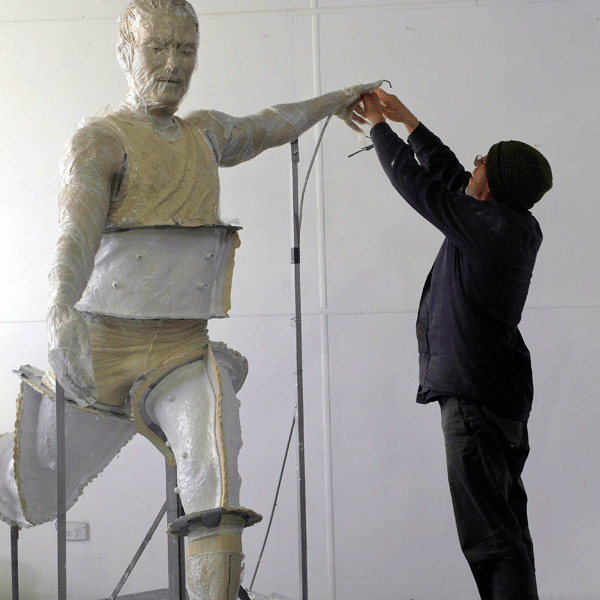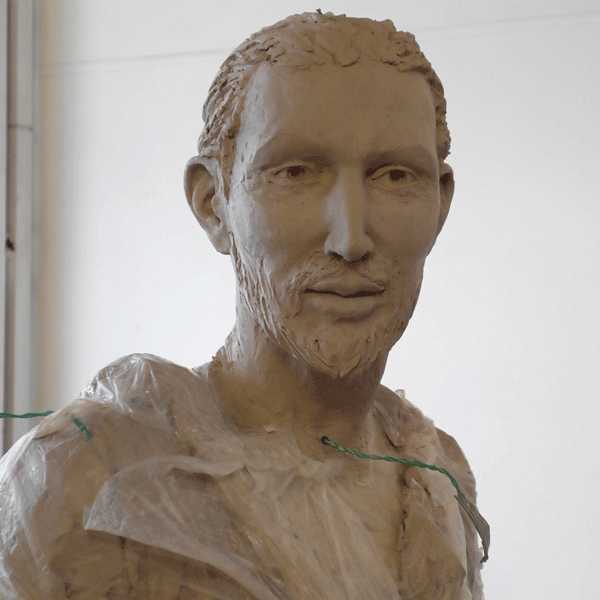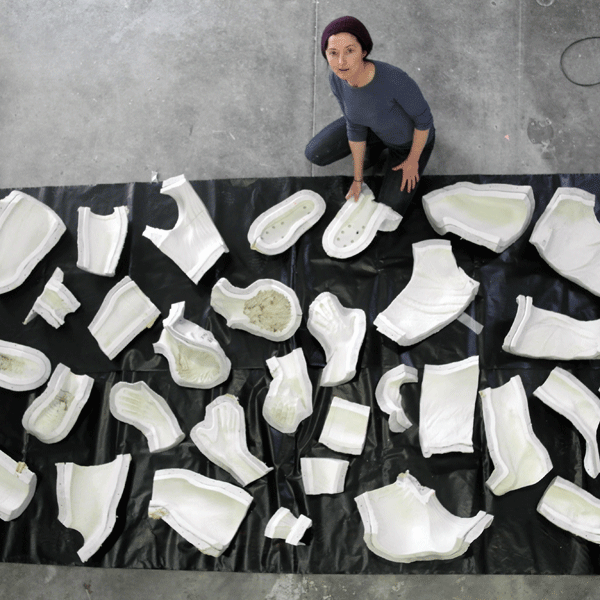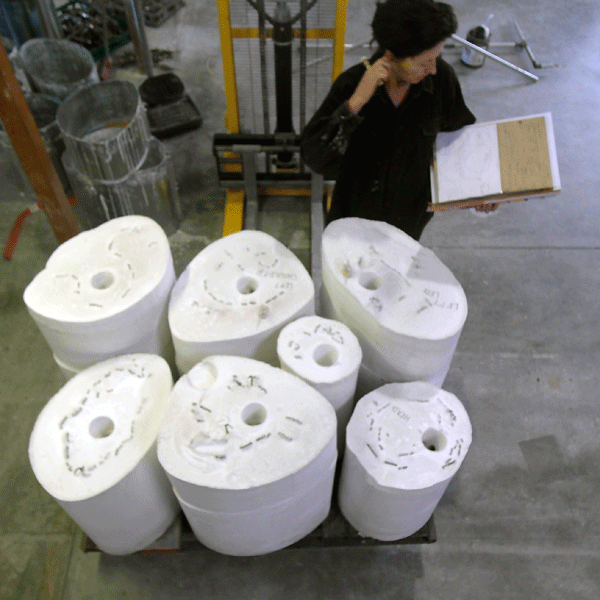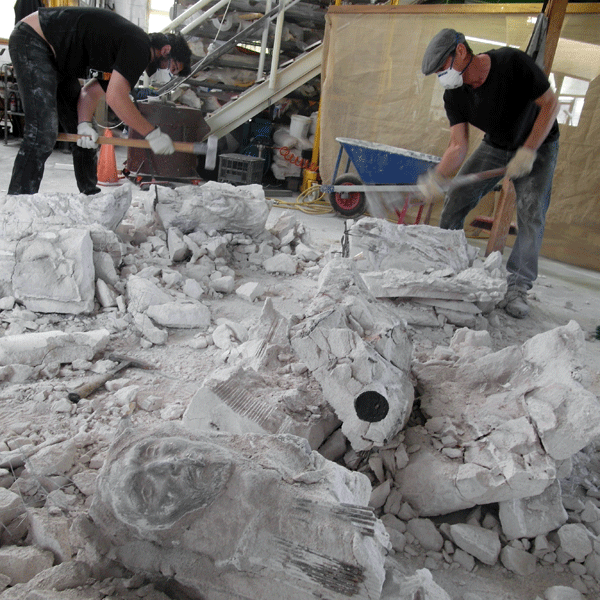"Environmental"
sustainable choices in the manufacture of sculpture
Our studios works on the principle that it is only justifiable to make sculpture if every possible element of the process, if every material is recycled, reused or repurposed.
Original life sized sculptures are made of tonnes of clay. Once moulded we leave them to dry and then choose a day where we smash them down. Clay from the sculptures is crushed, soaked and run back through the pugmill several times, until it is elastic again. I like to think when I am sculpting that the ghosts of the other figures inhabit the clay that I use.
Wax drained out of the moulds is remelted, filtered and simmered until every trace of water is steamed away. The kiln-melt wax improves with every reuse. I am still using wax that was bought ten years ago.
The bronze we use comes from ethical smelters, Hayes Metals, who use recycled copper from electrical wiring as the purest source of copper for the alloy.
When we scaled up our production from domestic to large public site sculptures, we had to choose between two casting methods. The Churchill Fellowship in 2001 gave us opportunity to look at casting methods in England, Ireland and France. We worked in a foundry in Carcassonne for three months. The knowledge gained helped resolve the dilemma. We chose to stay with ludo moulds rather than ceramic shell. One of our many reasons for this decision is that the spent mould material is clean. We are now repurposing spent ludo as an additive in agriculture. The lime is useful as a restorative for depleted soils after overgrazing. The price we pay for the decision is that every firing needs to be carefully planned down to the last item. Moulds are heavy and fragile and take a team of experts to successfully plan and fire a load.
Our kilns are engineered for minimum emissions and and maximum fuel efficiency. Space shuttle tech delivered glass wools that are lightweight and portable. All our kilns are made from high fire glass wools now. Subsequent developments have produced a glass that is biosoluable - so it will not destroy your lungs the way the space shuttle would.
Bronzes last for hundreds of years. They do not wear out, break down, fall apart, fade, become fragile. There was a bronze at the foot of the World Trade Centre when the twin towers fell. It was dented but not destroyed. I have worked on bronzes 4000 years old. Still perfect. When a bronze reaches a point that it is no longer desired by society it can be melted and reused, the metal as brilliant and versatile as the first time.
